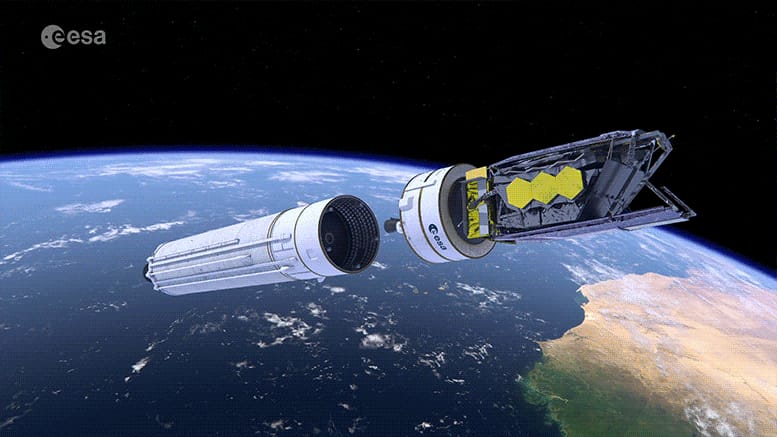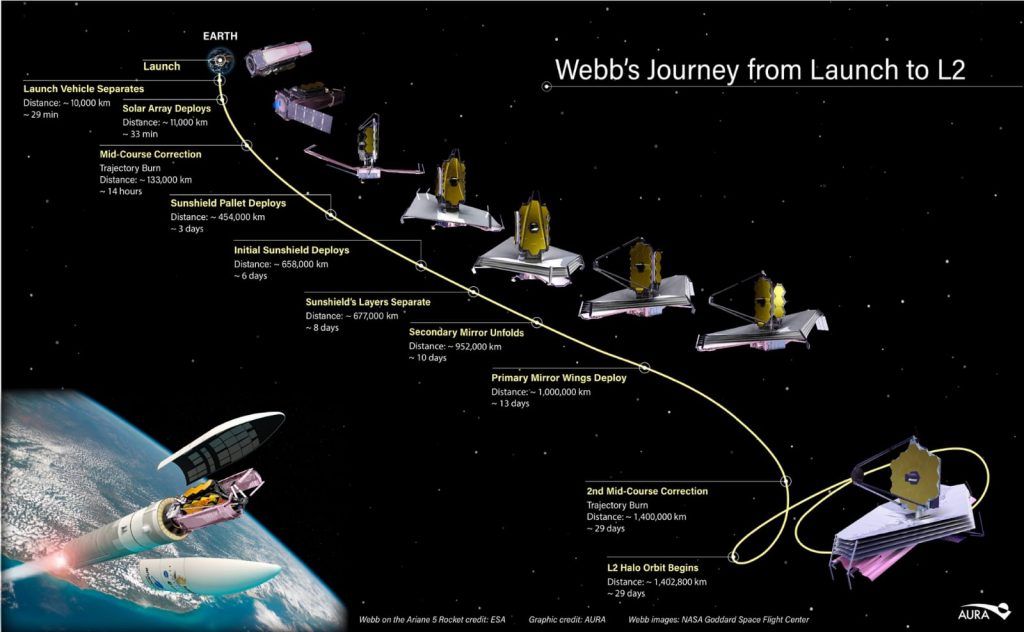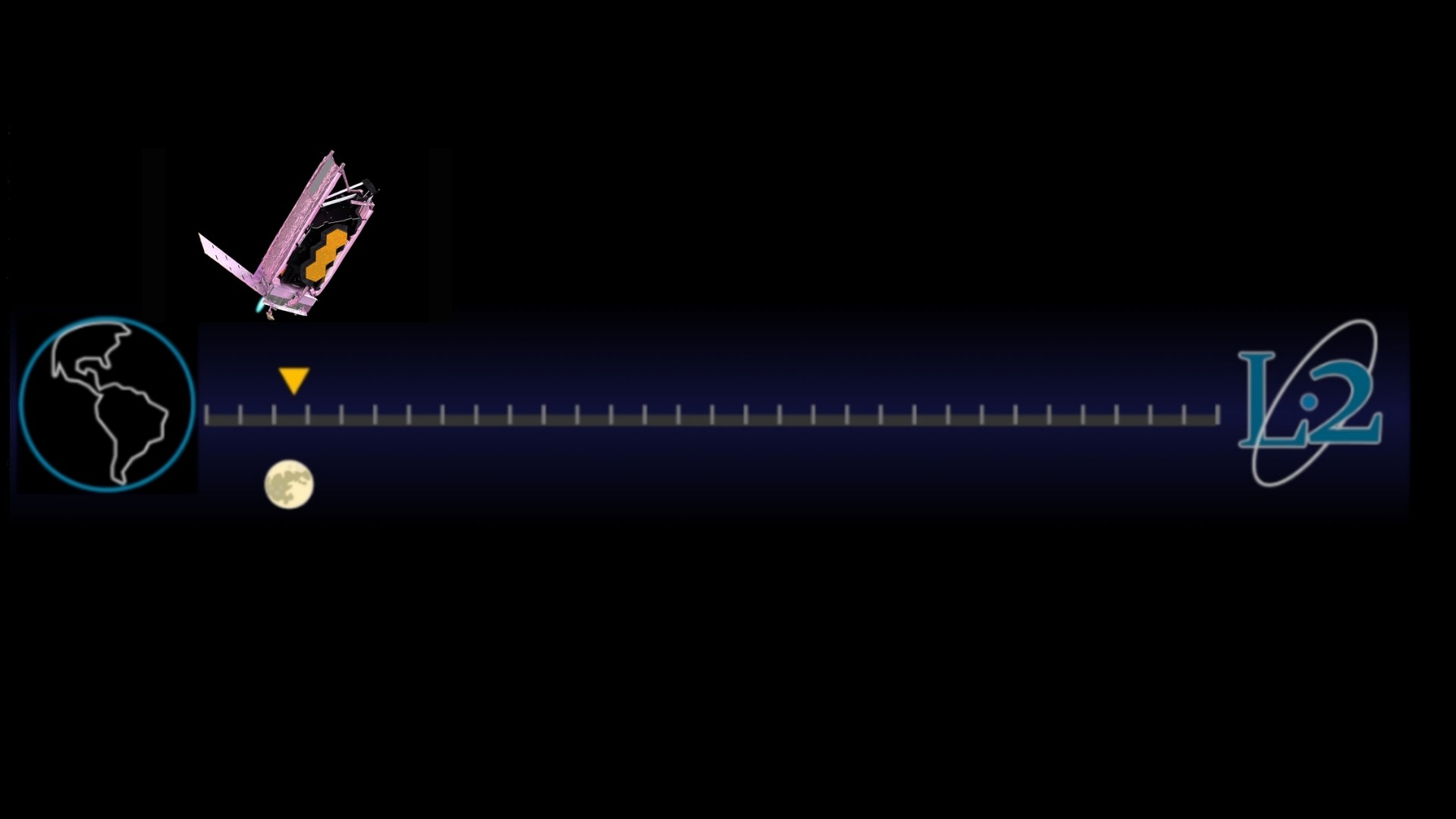Curious to know about all the hidden facts and regions of the space which were early taught by our teachers? Nasa has gained success in lightning up our journey to view the entire regions of space.
Nasa has successfully created the most powerful telescope which is a very huge achievement in itself. The telescope will transform our way of studying the cosmos.
The wait is finally over because NASA has launched the biggest telescope called the James Webb space telescope from the french Guiana with Ariane 5 rockets Dec 25, 7:20 am EST 2021.

The achievement takes nearly 3 years of dedicated hard work by the Nasa scientist to make this huge telescope to study the whole universe. Nobody has done this most complicated activity before but NASA has crafted the Webb telescope by putting lots of complications.
Because of the large size, it’s the most challenging part of the mission to unfold it without having any damage to Webb parts. Read How long will the James Webb Telescope take to unfold?
The next move of NASA’s James Webb Space Telescope is to reveal the mysteries of black holes, Aliens, Explosions, and many more. After half an hour of liftoff, Webb gets success in deploying their solar panel to consume the solar energy.
Next complicated mission of James Webb
A day after the launch Mon 26, 2021 JWST has rotated its high antenna toward the earth to establish communication with the handlers. On Dec 27, 2021 it will burn another engine to move its trajectory towards L2 which is nearly 1.6 million km from earth.
After three days of launch, a five-layered huge sun shield plate will be lowered to keep the infrared telescope and its instruments cool.

Mainly there are three mid-course to deploy the Webb in its final orbit MCC-1a, MCC-1b, MCC-2. The Webb performed the biggest burn MCC-1a on Saturday (Dec 25) which is a very critical operation from solar array deployments, while the second mid-course MCC-1b performed the short duration burn before the sunshield deployment.
The telescope will finally get its optimum orbit 29 days later and will be full of scary things in the James way. The MCC-2 mid-course is designed to insert telescopes in their optimum orbit around L2 and it will take their charge on the 29th day of launch.
The Webb has 50 major deployments and 178 release mechanisms which must have to work properly to deploy those 50 parts. Every part must have to work successfully to Put the huge James Webb Space Telescope in its optimum orbits.
After the five days of launch, the protective layer will come off the sun-shield, and it’s an extremely complex process that has to work properly for the deployment.
The Webb will extend its secondary mirror 2.4 foot- wide after 10 days of launch. The secondary mirror will hit the photons on their way to scope the instruments.
Now is the time for the primary mirror 21.3 foot-wide composed of18 hexagonal segments to shine. It was launched folded as the sun-shield and its main compilation is to unfold their two-sided wings and lock them to give the surface its full size which will be basically going to be done after the 13 days of Webb telescope launch.
Now, the Webb will be in its final configuration and after two to three months the NASA team will align the primary mirror to act as the single light-collecting surface. It will be a nail-biting action and time-consuming for the mirror to be perfect to an accuracy of 150 nanometers.
The next move of NASA’s James Webb Space Telescope scientists is to perfectly move those mirrors and one of the NASA scientist stated that they have to move the Webb mirrors slightly lower than the grass grows.
The NASA team is regularly testing the instruments of the James Webb Space Telescope and it will be a hard-working operation that will last for six months of launch.
Read: NASA’s James Webb Space Telescope Launch: Live Updates here
—————————
Track live updates on NASA’s James Webb Space Telescope, join the link below:
